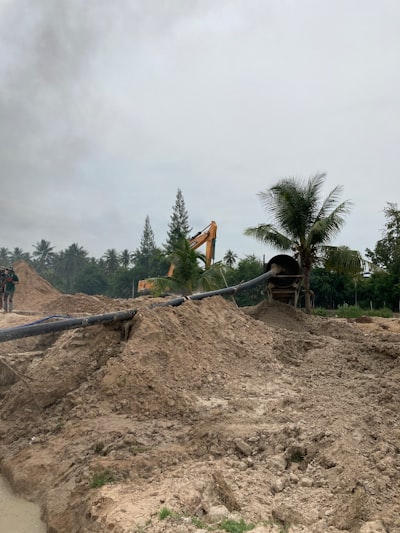Summary
On April 1, 2025, a catastrophic gas pipeline explosion in Putra Heights, Selangor, caused a massive blaze, extensive infrastructure damage, and injuries to approximately 150 people. Following a comprehensive investigation by Malaysia’s Occupational Safety and Health Department, it was revealed that the explosion resulted from ground instability beneath the pipeline, not from human error, technical lapses, or foul play. Metallurgical analysis confirmed that cyclic loading and stress fatigue, from soft and moist soil unable to support the pipe, led to its gradual failure and ultimate rupture. Despite these findings, over 500 residents were displaced, and the path to recovery remains long, with renovations on some homes expected to take at least two years.
Analysis
The findings raise significant questions about the assessment and long-term monitoring of critical infrastructure, especially in environments with known soil instability. While the technical review absolves contractors and operators of direct negligence, it also exposes potential gaps in the risk management protocols for pipeline placement and maintenance. The pipeline, though compliant with existing standards, was ultimately undermined by an environmental factor that may not have been fully factored into its initial design or later oversight routines.
Although the absence of foul play shifts the focus away from criminal accountability, it doesn’t eliminate the question of responsibility. Should due diligence in geotechnical surveys and ongoing risk assessments extend further, especially considering the scale of devastation and prolonged community displacement? The incident reveals how the intersection of natural factors and human infrastructure can create vulnerabilities with severe and lasting social and economic consequences.
Discussion
This tragedy highlights a recurring global challenge: modern infrastructure, despite regulatory compliance, remains susceptible to environmental risks that are dynamic and sometimes underestimated. The damage in Putra Heights is reminiscent of similar failures—such as pipeline ruptures due to permafrost melt in Russia or levee failures in the wake of heavy rain—where underlying physical processes outpace or elude human planning and engineering safeguards.
Politically and ethically, the government’s swift formation of a special committee is a step toward transparency and preventative action, but affected residents may still feel the brunt of long recovery timelines and uncertainty. How will authorities ensure that future projects, especially in rapidly urbanizing or climate-affected areas, are more resilient? What frameworks will be developed to monitor subsurface conditions over the lifespan of critical infrastructure?
Ultimately, the incident serves as a stark reminder of the interconnectedness of nature and urban development, and the importance of evolving safety standards to encompass more nuanced environmental risks. The hope is that out of tragedy, there can be more rigorous oversight, improved engineering adaptability, and a community better assured of its safety in the future.

Comments
No comments yet. Be the first to comment!